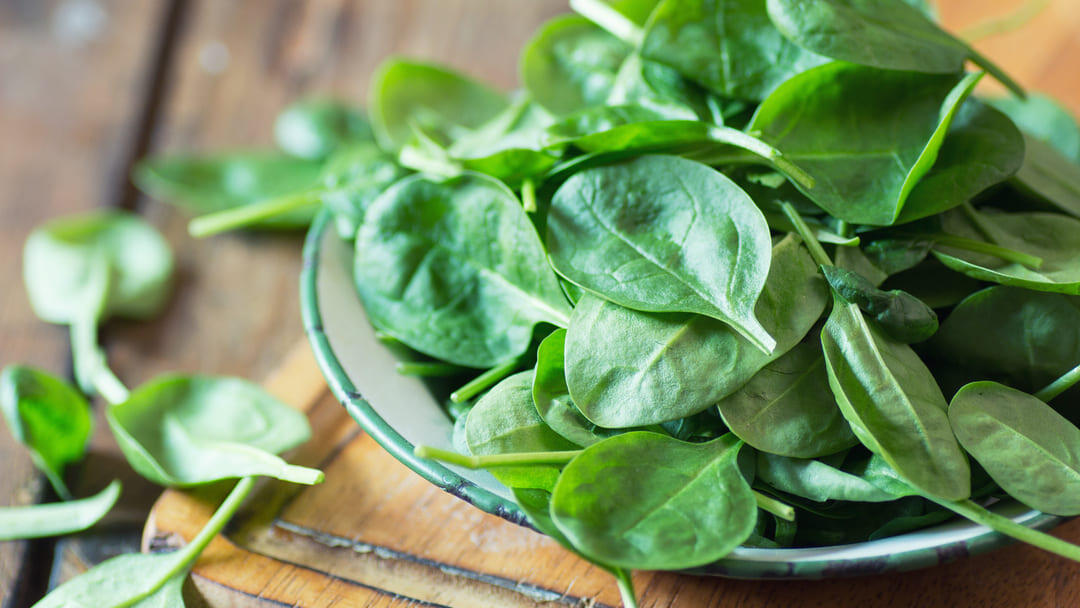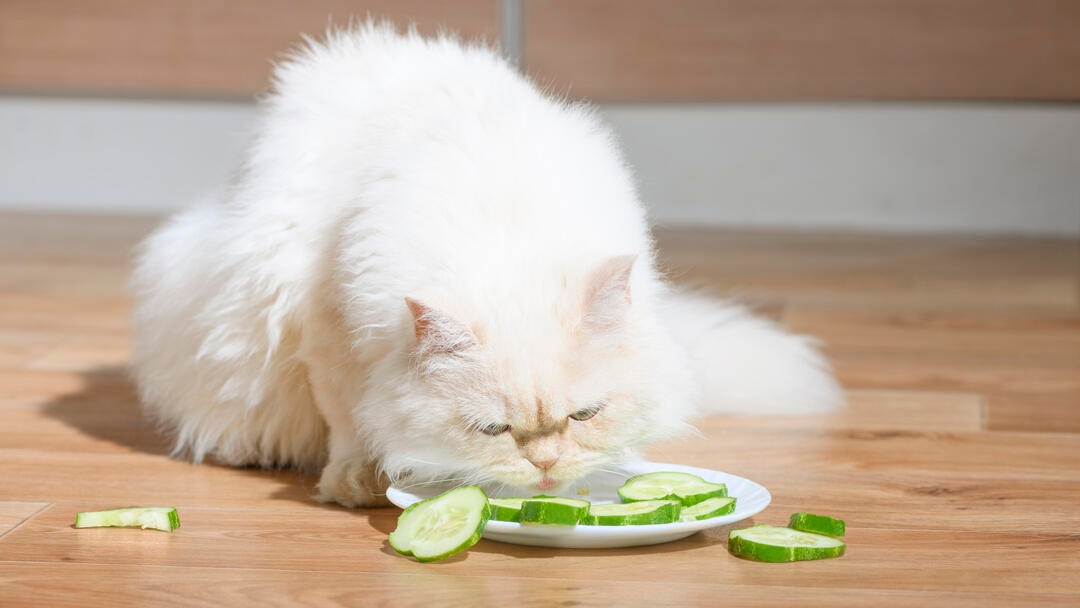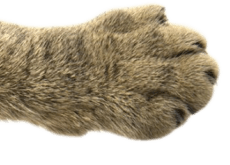Can Cats Eat Lettuce: Is This Leafy Vegetable Safe for Cats?

It’s hard to imagine that leafy vegetables are on any feline bucket list. Cats are carnivores through and through, which means that meat is the kind of food that will get their attention the most. But every once in a while, a kitten will be curious to try human foods such as lettuce, especially when they’re often on their owner’s menu. They are probably more likely to have a nibble of it if it is something you grow in your garden.
If your pet has already been begging you for a piece or has been snacking in your vegetable patch, you’re probably wondering whether cats can eat lettuce without getting into gastro-intestinal trouble. Here is what you need to know before giving in to your cat’s craving for the green stuff on your plate.
Can cats eat lettuce?
Yes, cats can eat lettuce but only in moderation. This is not a food that cats need for a balanced diet, but it doesn’t belong on the toxic cat foods list. As long as you don’t go overboard, this is a snack that can be offered to an interested feline and isn’t something to worry about them nibbling on in the garden.
Is lettuce good for cats?
Considering how much our felines love meat, lettuce is an unusual food item on a cat’s menu. However, feeding lettuce to your pet every once in a while, might have some benefits – if they will even consider eating it!
Lettuce may give cats a hydration boost
Lettuce is mostly water, which means that adding a couple of leaves to your cat’s food bowl can help them get that much-needed extra hydration from their diet. However, they still need free access to fresh water, no matter how many water-rich foods they eat.
Lettuce is an extra source of fibre
Although protein is important in a well-balanced cat diet, the role of fibre shouldn’t be overlooked. Dietary fibre helps regulate bowel movements. If you want to top up your pet’s fibre intake, consider adding one or two lettuce leaves to their main meal. However, most cats will turn their nose up at the offer of lettuce and in addition, standard cat food should already include all the fibre your feline friend needs, without the need for any extra ingredients.
Lettuce comes with important vitamins and minerals
Lettuce is a source of vitamin C, vitamin K and potassium among other nutrients – but again, your cat’s regular food should provide these.
Lettuce may help keep calories in check for overweight cats
Lettuce comes with very few calories. So, if you’re looking to add some variety to your cat’s snacks while keeping their weight under control, lettuce might be an option. If your cat is partial to some lettuce, keep in mind not to go overboard with feeding quantities or frequencies to avoid causing digestive upsets.
Offering cats lettuce might make them leave your house plants alone
Letting cats eat lettuce to satisfy their urge of getting their paws on other green stuff around the home might save your house plants. Lettuce is a safe option among the leafy vegetables out there, so if you have a pet that is particularly keen on having a houseplant buffet when you’re not around, offering them lettuce as a treat every now and then might reduce their impulsive behaviour towards your green interior décor.
How to feed lettuce to your cat?
If your cat has shown interest in your salad, particularly in the lettuce that’s part of it, here is how to feed it to them. Make sure the lettuce is washed and cut into small pieces. This allows your cat to eat it more easily and decreases the risk of choking. Offer them one or two leaves but refrain from adding any more even if your cat begs for extra. So, practice moderation when letting your cat enjoy this leafy vegetable.
It goes without saying that you shouldn’t make lettuce the single ingredient in your cat’s food bowl, no matter how much they like it. Cats need meat to live and have a happy life. Cats can eat lettuce either as an addition to their main meal, or as a low-calorie reward for their much-deserved treat time.
Next, find out why cats eat grass and whether it is safe for them. Discover this and more with another helpful guide about cats and their love for the green stuff.














